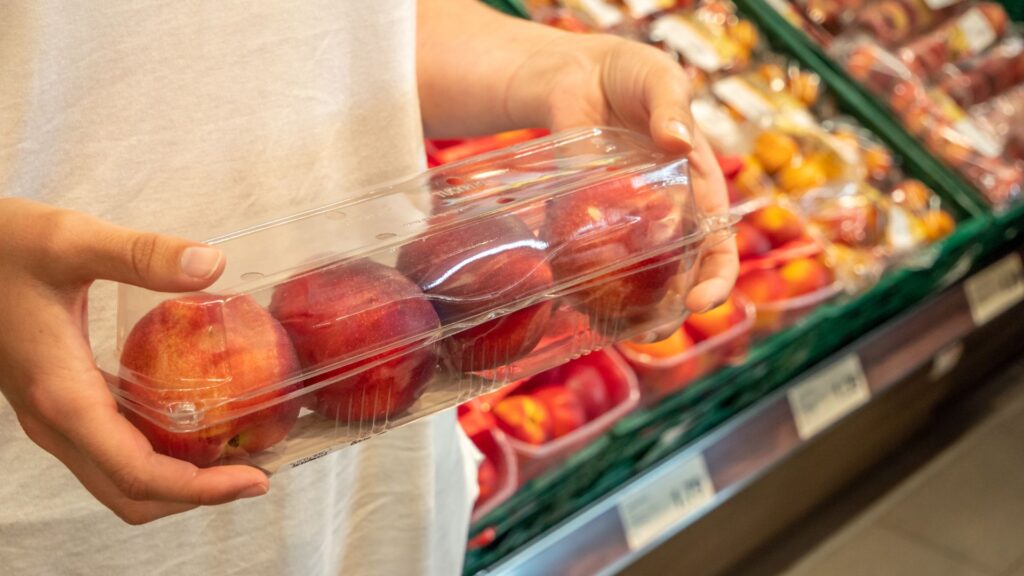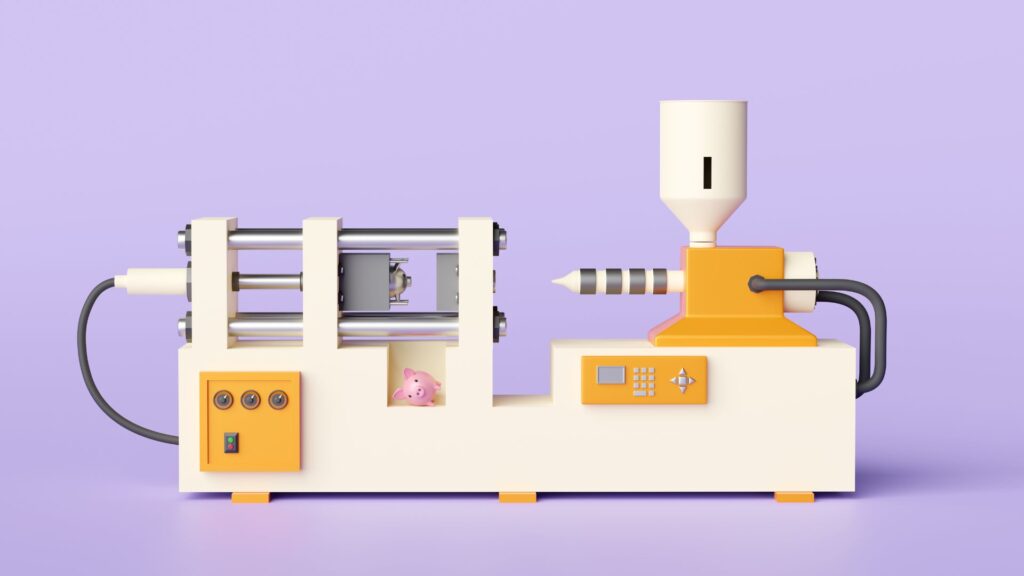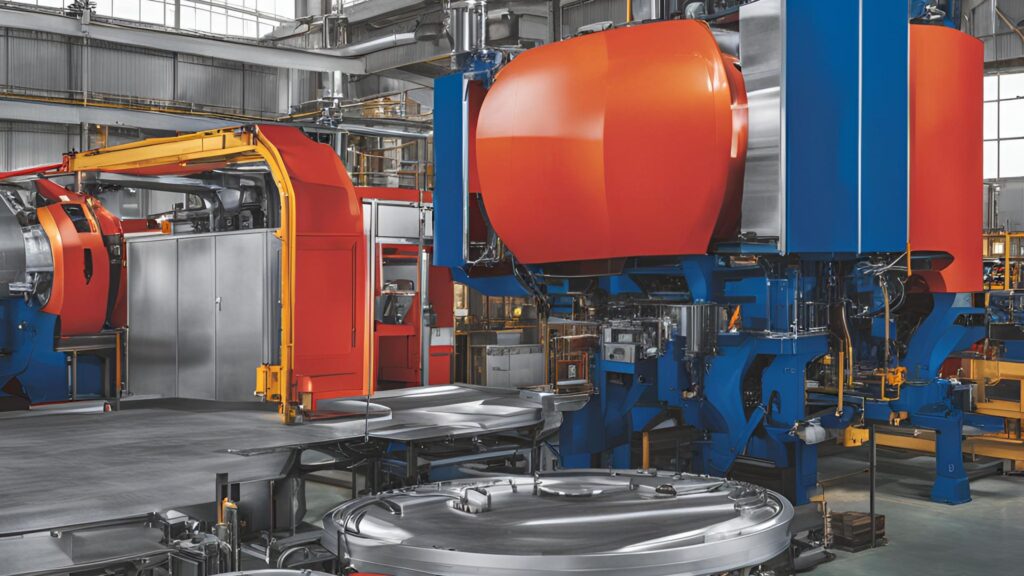It was not until the last one hundred years or so that plastic became the name for a category of substances called polymers. Just for fun, let’s look at at the history of polypropylene, a plastic polymer.
So what defines a polymer? According to the Science History Institute, the word polymer means “of many parts.” Actually, polymers consist of long chains of molecules. Polymers abound in nature. Cellulose, the material that makes up the cell walls of plants, furnishes us with a good example of a very common natural polymer.
Polypropylene is a Polymer
The Origin of the Word “Plastic”
Before we look at the history of the plastic known as polypropylene, let’s think about the origin of the word plastic itself. One might not think that a common word such as plastic would be more than 400 years old. In fact, 200 years before the first man-made plastic, parkesine, came to light in the mid-1800s, the word plastic was used to refer to something that could be easily molded, something that was pliable, or easily shaped.
Interestingly, our English word “plastic” derives from the Latin word plasticus and the Greek word plastikos, both meaning “able to be molded, pertaining to molding.” Most likely, Greeks used plastikos to describe unhardened versions of clay.” (Source: Science History Institute)
Now, back to polypropylene, and a look at its historical timeline.
The Value of Plastic Products Made from Polypropylene
The History of Polypropylene - The Timeline
Polypropylene and Its Use Today
 Frequently, polypropylene is melt-spun into fibers. “Polypropylene fiber is a major factor in home furnishings such as upholstery and indoor-outdoor carpets. Numerous industrial end uses exist as well, including rope and cordage, disposable nonwoven fabrics for diapers and medical applications, and nonwoven fabrics for ground stabilization and reinforcement in construction and road paving. These applications take advantage of the toughness, resilience, water resistance, and chemical inertness of the polymer. ” (Source: Britannica)
Frequently, polypropylene is melt-spun into fibers. “Polypropylene fiber is a major factor in home furnishings such as upholstery and indoor-outdoor carpets. Numerous industrial end uses exist as well, including rope and cordage, disposable nonwoven fabrics for diapers and medical applications, and nonwoven fabrics for ground stabilization and reinforcement in construction and road paving. These applications take advantage of the toughness, resilience, water resistance, and chemical inertness of the polymer. ” (Source: Britannica)
In general, the plastics we use today are well-known for their long-life, their strength, and their flexibility for design. There are myriad creative and beneficial applications in sectors ranging from medicine to consumer products. Plastics find usage in technology, aerospace, construction, and the automotive industry. Indeed, you could probably lay your hands on something made of plastic without taking more than five steps from where you are. Plastics, that substance that proved itself “able to be molded,” has molded a world of refinement, sophistication, comfort, innovation, and ever-expanding progress.






